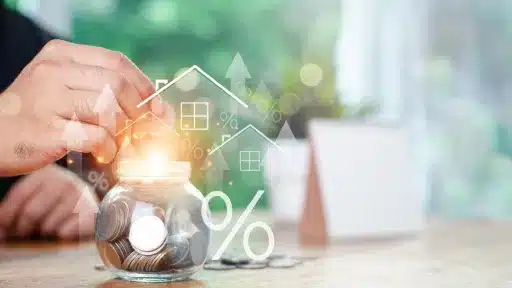Understanding how does VAT work is essential in today’s financial landscape where taxation systems impact businesses and consumers alike. VAT, or Value Added Tax, is a consumption tax placed on goods and services at each stage of production or distribution. Its prevalence worldwide makes it crucial for entrepreneurs, consumers, and policymakers to grasp its mechanisms thoroughly.
What is VAT?
VAT stands for Value Added Tax. It is a type of indirect tax levied on the value added to goods and services during production and distribution. Unlike sales tax, which is only charged at the final sale to consumers, VAT is collected incrementally at every stage of the supply chain.
Key Characteristics of VAT
- It is charged at each stage of production and distribution.
- The final consumer ultimately bears the cost.
- Businesses collect and remit VAT to the government.
- Input VAT paid can be deducted from output VAT charged.
How Does VAT Work?
The essence of how does VAT work lies in its collection method known as the “credit-invoice” or “invoice-credit” system. Here’s a step-by-step breakdown:
1. Registration
Businesses must register for VAT if their taxable turnover exceeds the legal threshold set by the country. Upon registration, businesses receive a VAT number and are required to charge VAT on their sales.
2. Charging VAT
When a VAT-registered business sells goods or services, it adds VAT to the selling price. This VAT collected is called output VAT.
3. Paying VAT on Purchases
When the business buys goods or services, it pays VAT to its suppliers. This VAT paid is called input VAT.
4. Calculating VAT to Remit
The business calculates VAT due by subtracting input VAT from output VAT. If output VAT exceeds input VAT, the business pays the difference to the tax authorities. If input VAT is higher, they can claim a refund or carry forward the credit.
5. VAT Returns
Businesses must periodically file VAT returns detailing their output VAT, input VAT, and the net VAT payable or refundable.
Example of How Does VAT Work in Practice
Consider a manufacturer, wholesaler, and retailer involved in producing and selling a product with a VAT rate of 10%:
- Manufacturer produces a product and sells it to the wholesaler for $100 plus $10 VAT (output VAT).
- Manufacturer pays $0 input VAT (since raw materials were VAT exempt) and remits $10 VAT to the government.
- Wholesaler buys for $110, sells to retailer for $150 plus $15 VAT.
- Wholesaler paid $10 input VAT, charges $15 output VAT, remits $5 ($15 – $10).
- Retailer buys for $165, sells to consumer for $200 plus $20 VAT.
- Retailer paid $15 input VAT, charges $20 output VAT, remits $5 ($20 – $15).
- The final consumer pays $220, absorbing the total $45 VAT in the supply chain.
Advantages of VAT
- Transparency: Each transaction documents VAT, reducing tax evasion.
- Neutrality: Tax is levied only on value addition, avoiding cascading taxes.
- Revenue Generation: Provides governments with a stable revenue source.
- Encourages Record-Keeping: Businesses maintain proper invoices and records.
Challenges Associated with VAT
- Complex Administration: Businesses must keep thorough documentation and regularly file returns.
- Cash Flow Impact: VAT payments may strain business cash flow, particularly with delays in refunds.
- Compliance Cost: Small businesses might struggle with compliance costs and bureaucracy.
- Potential for Fraud: Fraud such as carousel fraud can exploit VAT systems.
Conclusion
Understanding how does VAT work is crucial for anyone engaged in commerce or financial management. VAT plays a significant role in modern taxation by ensuring tax is collected transparently and fairly at every level of production and distribution. While it brings operational challenges, its advantages for governments and economies make it a cornerstone in many fiscal policies worldwide.


